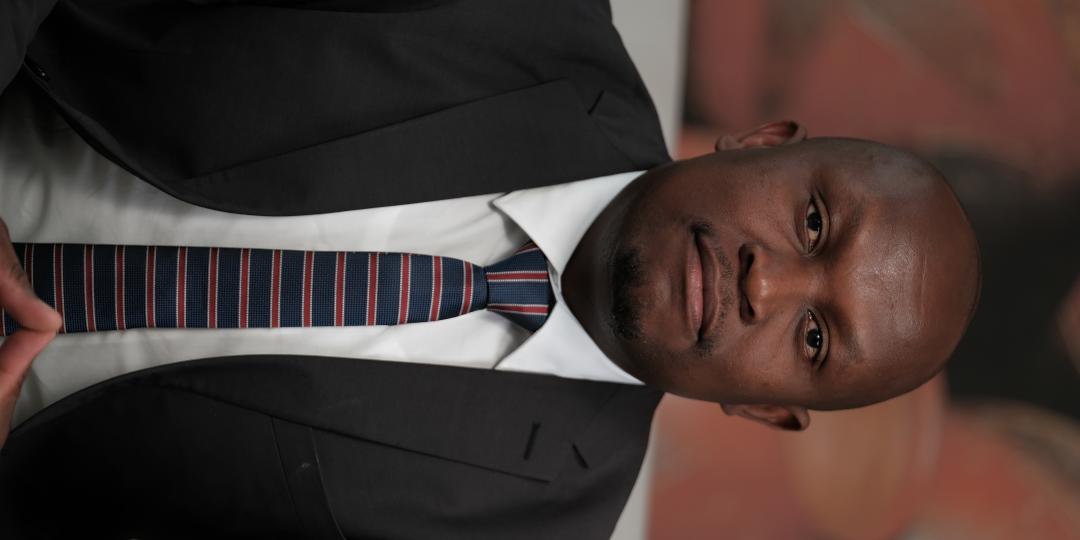At the next Parliamentary Portfolio Committee meeting (June 9), the Tourism Business Council of South Africa (TBCSA) will present its plan for an earlier phased reopening of international tourism to South Africa this year to as soon as September.
South Africa’s tourism private sector, under the TBCSA, has been engaging on the Tourism Recovery Strategy being developed by South Africa and is advocating “unequivocally” for the earlier phased reopening.
This data-driven recovery strategy has been presented to relevant government authorities and is guided by government’s risk-adjustment strategy as well as the preparation that the tourism industry has put in place to ensure safety and stringent health-focused protocols to guide and assist stakeholders within the travel and tourism value-chain, including staff, travellers and guests.
“South Africa is following a risk-adjusted strategy based on levels of lockdown, not dates. These levels are defined according to relevant facts. Parts of the travel and tourism sector have been earmarked for return in Levels 2 and 1, depending on their risk profile and the spread of COVID-19 in South Africa,” said Tshifhiwa Tshivhengwa, CEO of the TBCSA.
“However, we have already seen the inclusion of business travel in Level 3 as a result of successful lobbying for earlier reopening of this critical sector and we are confident that we are in a position to reopen the inbound market in a safe and health-focused manner at least in September.”
Fourth-quarter high season approaches
From an inbound international tourism perspective, the TBCSA is placing major emphasis on the importance of tourism to South Africa in the fourth quarter and the value of the forward bookings.
“The summer high season runs from September to March and represents 60% of the annual business for tourism. The nature of international inbound tourism is such that we have long lead times between booking and travel,” explained Tshivhengwa.
The inbound tourism sector employs over 375 000 people in South Africa.
It is estimated that over 40 000 jobs have already been lost within the tourism sector, and it is critical to preserve those that are left.
Tshivhengwa added that there were also significant knock-on effects in other parts of the economy as a result of not having international tourism and travel open. “This will also affect South Africa’s status as a regional hub and leading African destination should neighbouring countries and our competitors open up their borders faster,” he said.
Car rentals were one of the travel services that had reopened already, however other parts of the market, such as communities and conservation, had been hard hit by the lockdown, said Tshivhengwa.
“The loss of jobs and income is already being felt significantly in those communities adjacent to parks, and the direct impacts on conservation from reduced revenues and reduced corporate spending, as well as indirect impacts through increased environmental crime, are potentially devastating.”
The proposed phased recovery strategy provides for an initial six- to eight-week preparation phase, followed by a phase 1 trial period where safe source markets with similar risk profiles and stages of pandemic would be allowed to travel to South Africa. These travellers would be vetted, all stringent safety protocols would be in place and the focus would be on low-contact product and low-risk areas, traditionally with low density.
In Phase 2, South Africa would further open key markets, expand the experiences on offer, until in Phase 3 air access is opened fully and the destination could restart its longer-term growth strategy. “At the same time, South Africa will have to focus on continuing to create an enabling environment for tourism, which looks at more visa waivers, a robust eVisa system, the fixing of vehicle licensing and permits, and air liberalisation,” Tshivhengwa pointed out.























